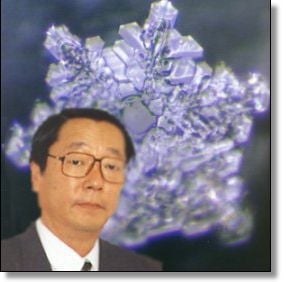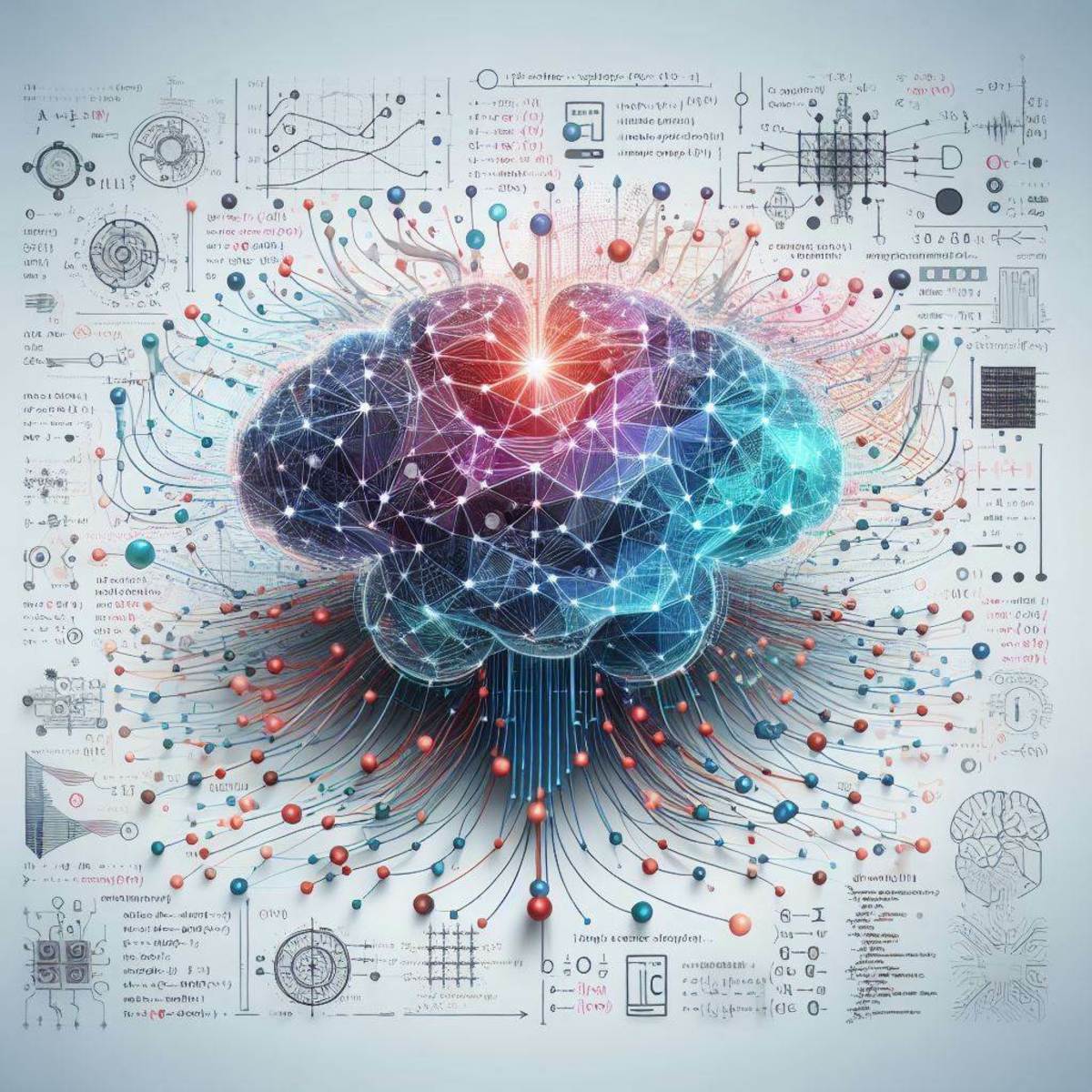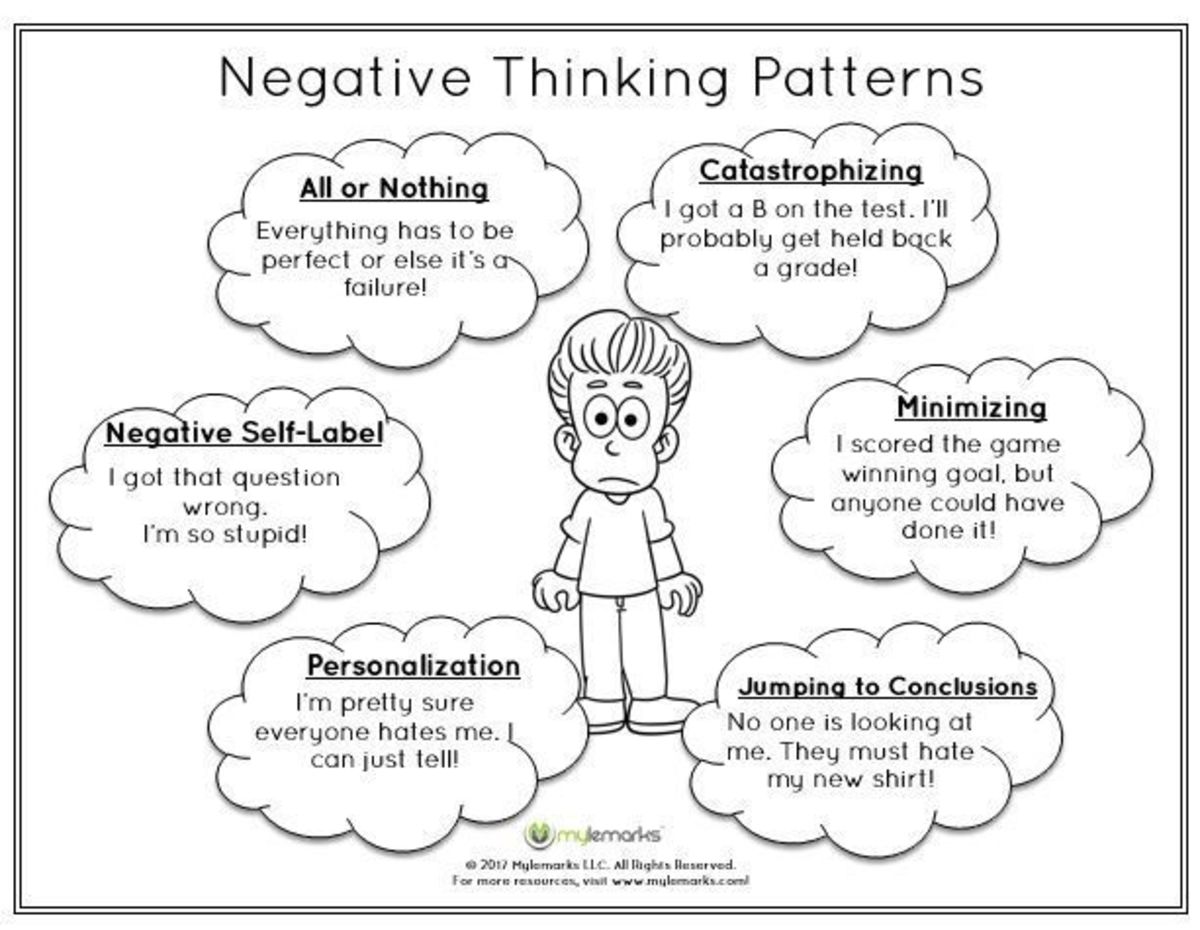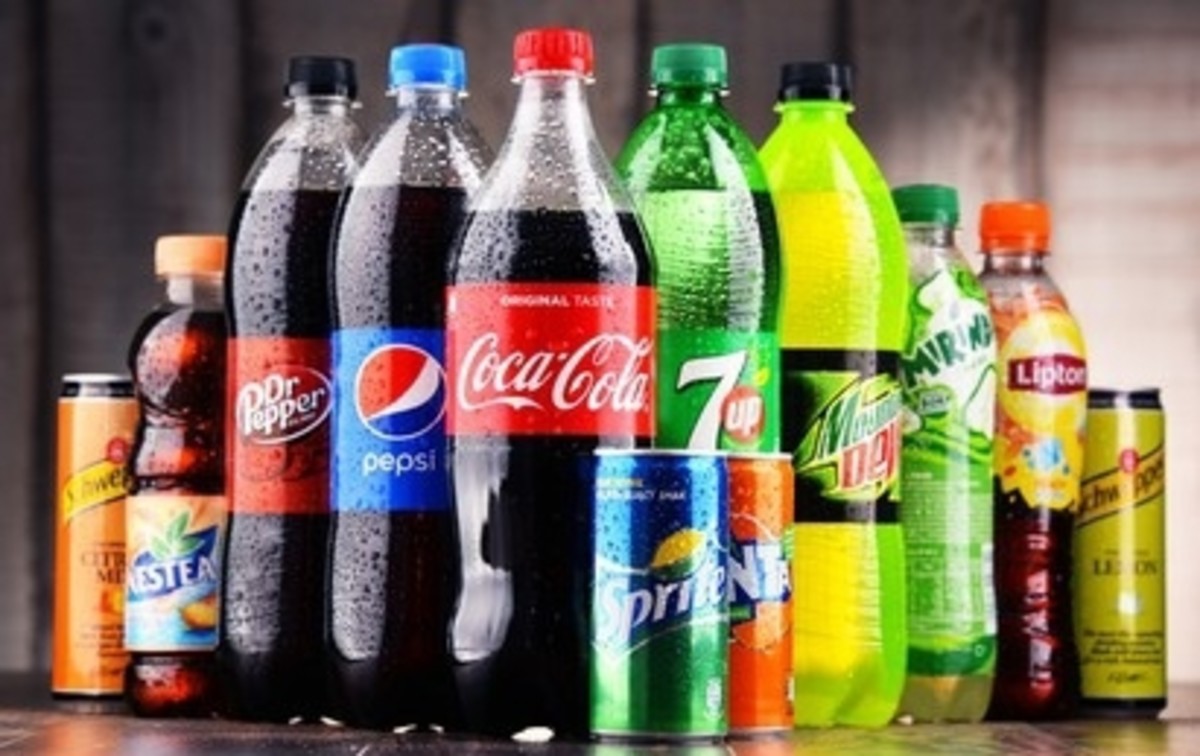Does Water Have A Memory?

Mozart
Does water have a memory? Can it dance?
If I play music to it does it react accordingly?
Does it make patterns? Are the patterns it forms different depending on the type of music I play?
If I play Mozart, say, are the shapes more attractive than if I play Megadeth or Metallica?
If I think nice thoughts does it respond with nice patterns? If I think bad thoughts are the patterns more ugly and ill-formed?
Such, at least, are the claims of one man, Masaru Emoto of Japan, who has produced a number of books, called Messages From Water, which purport to show that this is the case.
Yes, he says, water does have a memory, and it is affected by emotions.
At first sight it all seems quite convincing. You look at the pictures and underneath it says what music was being played. The Mozart pictures are lucid and geometrically precise, whereas the Megadeth pictures are ugly and misshapen.
This is how he does it. He takes a thin layer of water and then plays music to it, and then he freezes it. Several hours later he takes photographs through it. The ice forms crystals. The crystals appear as patterns. And from these patterns it does indeed appear as if Mozart is more pleasing than Megadeth.
In other experiments he projects thoughts at the water, or says nice or bad things, or even, in some cases, he writes words and attaches them to the container holding the water. Words like “love and appreciation” or “thank you” or “you make me sick I will kill you”.
Once again, nice words, nice thoughts, nice messages create nice patterns, whereas nasty words, thoughts and messages create uneven, monstrous and evil-looking shapes.
From the pictures you might almost be convinced.
Unfortunately there is a basic fault in Masaru Emoto’s procedure and, as yet, no one else has managed to recreate his results.
Also, the fact that he sells products on the back of his claim might make you want to question his motives. It’s not only the books. He also sells “geometrically perfect” “Indigo water” that is “highly charged hexagonally structured concentrate,” and supposedly creates “structured water” that is “is more easily assimilated at the cellular level” for thirty five dollars for an eight-ounce bottle.
Thirty five dollars for a bottle of water!
Or to put it another way, by slapping gobbledegook on the label I can sell you almost anything at a vastly inflated price.
Bias
The problem is something called “selection bias” or “confirmation bias”.
It’s a recognised syndrome in the scientific world.
A scientist predisposed to believe his own theory will tend to select only those results which confirm his belief.
In Masaru Emoto’s case there is an added economic interest. Beautiful pictures sell more books, and he is explicit in telling us that he asks his assistants to choose their pictures on aesthetic grounds.
So it’s not clear how much bias has gone into the selection of the photographs.
Are some of the experimenters fans of Mozart, for instance? Are they predisposed to dislike the noisy dissonance of Thrash-metal, and do they pick the slides accordingly? Mightn’t all this be just a matter of taste?
These are serious questions.
In order to counteract this effect conventional science demands that certain controls should be in place. The most rigorous control is the so-called “double-blind” procedure. One set of samples are experimented upon, while another set are left neutral. The people who assess the results are not given any indication which is which.
If the experimental samples show a marked difference in results – if “Mozart-crystals” and significantly more beautiful, and “Megadeth-crystals” significantly more ugly than plain, distilled water - then you can say with some degree of certainty that the effect has some basis in reality.
James Randi, the famous sceptic and illusionist, has offered Masaru Emoto a million dollars if his results can be reproduced in a double-blind study. So far Masaru Emoto has not taken him up on his offer.
© 2010 Christopher James Stone





